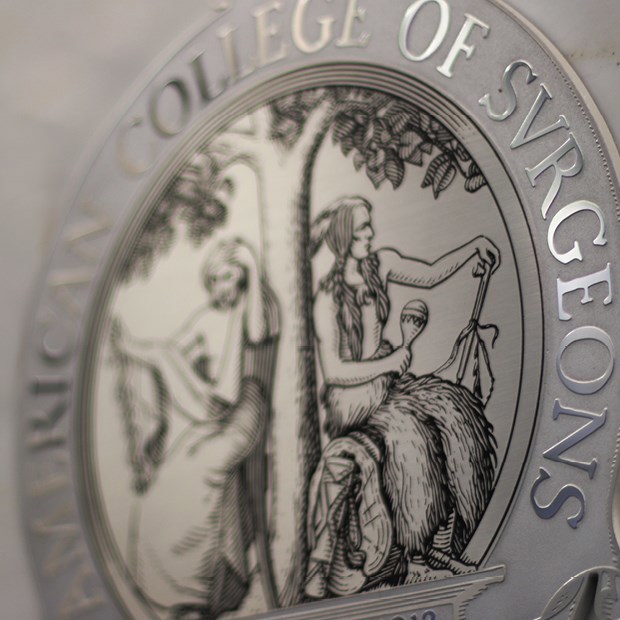Doug A. Gouchoe, MD, and Bryan A. Whitson, MD, PhD, FACS, on behalf of the ACS Advisory Council for Cardiothoracic Surgery
Editor’s note: The 14 ACS Advisory Councils, which serve as liaisons in the communication of information to and from surgical societies and the Regents, periodically submit articles on the notable initiatives taking place in their respective specialties. This feature is a submission from the Advisory Council for Cardiothoracic Surgery.
Traditionally, transplant centers have sent their own procurement teams to retrieve potential donor lung allografts. Often, this process has been for standard brain-dead donors (BDD), and these donor lung allografts would need to be in near pristine condition. The process of selecting donors and, furthermore, the lack of overall quality of donors has led to high waitlist mortality and an overall shortage of suitable allografts. Lung transplantation medicine and surgical science have advanced tremendously over the past decade, and soon could mitigate many of these limitations.
While first described in 2001, it was not until 2011 where the University of Toronto in Ontario introduced ex vivo lung perfusion (EVLP) into routine clinical practice. EVLP offers the ability for transplant physicians to further assess potential allografts to determine suitability for transplantation. Alongside the rise of EVLP use has the been the renewed interest in donation after circulatory death (DCD) donors. DCD allografts, as well as allografts evaluated by EVLP, have shown comparable outcomes to standard BDD allografts.
Although EVLP evaluation currently makes up approximately 5% of current lung donors, the future of this technology is bright. One could envision a future where EVLP is not only used as an assessment platform but as a technology that would allow for repair, rehabilitation, and modification of allografts. As EVLP can also allow for extended ischemic time, it is possible to centralize this technology and allow for more efficacious use to improve outcomes and improve accessibility for smaller transplant programs. These advances could translate into organ banking, tissue engineering, and, ultimately, expand the donor pool for all.
Beyond direct benefits to transplant recipients, EVLP will present a solution to an issue that has plagued transplant surgeons for decades: the ability to schedule cases during daytime work hours. The centralization of procurement, as well as assessment and potential repair will alleviate many of the stressors placed by the added duty of procurement.
Currently, centralized repair facilities offer services to procure potential allografts, assess them, and give transplant surgeons all necessary information that is required for determining if an allograft is suitable for transplant. Thoracic transplant surgeons currently can access all this information through their mobile device and can predict when these allografts will show up to their respective center ready for transplantation. Gone will be the days of 2:00 am procurements, followed by an all-day transplantation.
However, as with any new technology or technique, training the next generation of users is key. Generally, only large, high-volume centers are currently utilizing EVLP or DCD allografts. As technology makes these methods more accessible and levels the playing field, those on the receiving end might not have first-hand experience procuring DCD allografts or performing an EVLP run. While these centralized centers offer expert advice that aid in decision-making, it is ultimately up to the accepting surgeon to determine suitability for transplantation. The potential lack of training in EVLP or DCD use will undoubtedly affect the decision making of transplant surgeons and possibly lead to worse outcomes.
While EVLP and DCD use will ultimately increase the donor pool and improve the quality of life for many transplant physicians, they are not without some potential risk. Thoracic transplant programs should be cognizant of these potential pitfalls and further develop formalized training encompassing all new emerging technology that surgeons will use in the new era of lung transplantation.
To train the next generation of lung transplant surgeons, like our technology, we must adapt to ensure equitable use of organs and the longevity of our patients.








